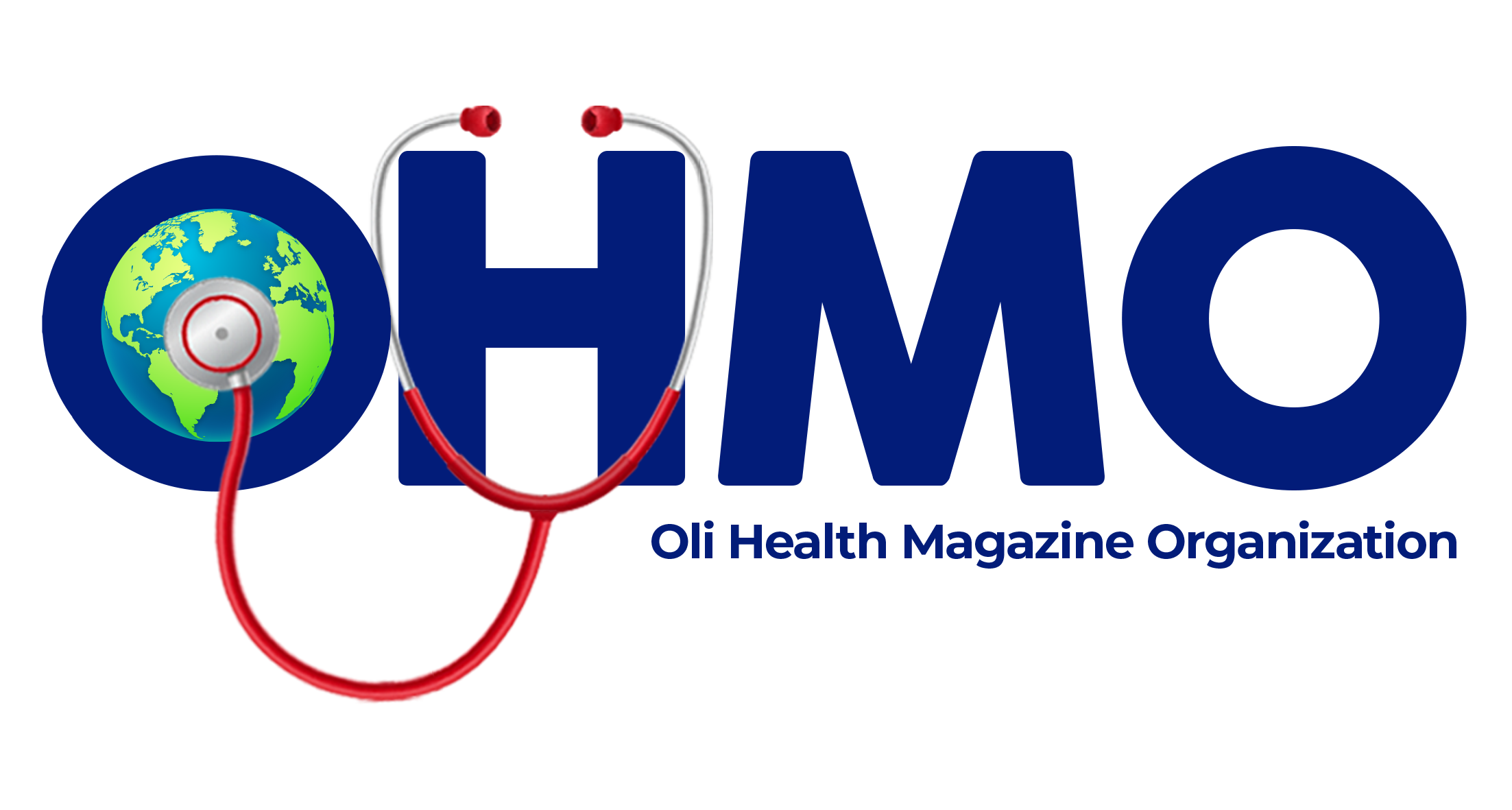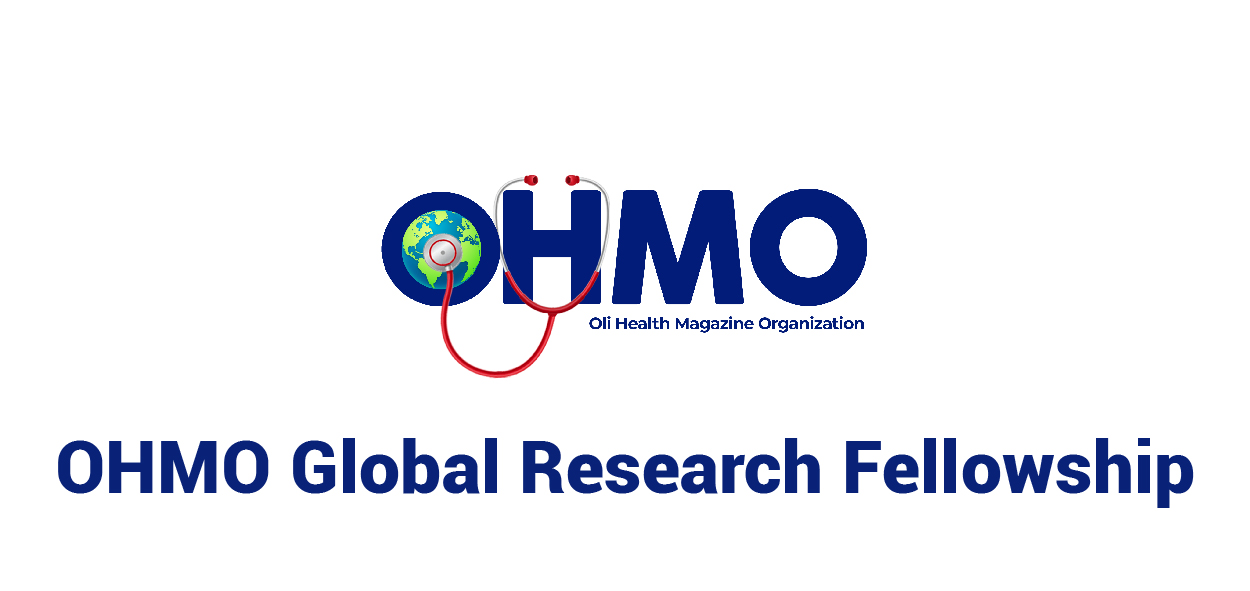Breast anatomy
A healthy female breast is made up of 12–20 sections called lobes. Each of these lobes is made up of many smaller lobules made up of the smallest functional unit of the breast, called acini, the gland that produces milk in nursing women. Both the lobes and lobules are connected by milk ducts, which act as stems or tubes to carry the milk to the nipple.
Epidemiology
Breast cancer is the second most common cancer in the world.
Most frequent cancer among women. 1.67 million new cases in 2012 (25% of all cancers)
People tend to think of cancer as a rich-world problem and in many ways they are correct. A far higher percentage of women in the West end up with breast cancer. In the United States, 753 out of 100,000 women will develop breast cancer in a given five-year period; the corresponding estimate in Rwanda is 54 out of 100,000. But rates in Rwanda seem to be rising. This could be because breast cancer data is getting more accurate or because declines in infectious disease are allowing women to live longer—and die of causes such as cancer. (https://www.pih.org/article/faster-better-care-for-breast-cancer-in-rwanda)
How to check your breasts
It is important that every woman is breast aware. This means knowing what is normal for you so that if any unusual change occurs, you will recognize it. The sooner you notice a change the better, because if cancer is found early, treatment is more likely to be successful. Get into the habit of looking at and feeling your breasts from time to time.
Changes to be aware of
Change in size or shape, it may be that one breast has become larger. Changes in the nipple, in direction or shape, pulled in or flattened nipple. Changes on or around the nipple, rash, flaky or crusted skin
Changes in the skin, dimpling, puckering or redness. Orange peel’ appearance of the skin caused by unusually enlarged pores. Swelling in your armpit or around your collarbone. A lump, any size, or thickening in your breast. Constant pain in one part of your breast or armpit
Early detection of breast cancer can be achieved by three approaches: breast self-examination, check up by a doctor and mammography. Breast self-examination means examination of breasts done by the woman herself. A woman is the first person to know and feel the changes happening in her breasts. BSE is an essential part of taking care of oneself. Breast self- examination is the simplest and the cheapest screening test which can be carried out by every woman, in the privacy of her home.
It is advisable to carefully learn and practice the various steps of breast self-examination so that you are aware of the normal feel of your breasts. With regular self-examination, you will be more familiar with the “normal” and it will become easier for you to know if something unusual has occurred. Any new change you observe or feel should be brought to the notice of your primary healthcare physician
Techniques for checking your breasts
Look for changes by using a mirror so that you can see the breasts from different angles. Feel for changes: An easy way of feeling your breast is with a soapy hand in the bath or shower. Some women prefer to feel for changes while lying down.

Know what is normal for you
It’s important to know what is normal for you. Your breasts will go through many normal changes during your life. For example, they are affected by changes in your hormones during your menstrual cycle, pregnancy and breast feeding and menopause.
Your menstrual cycle: Each month, when you are having periods, your breasts often change. They can become bigger, tender and lumpy usually before a period starts and return to normal once the period is over. Some women, however, may have tender, lumpy breasts throughout their cycle.
Pregnancy & breast-feeding: The changes that occur during your menstrual cycle continue during pregnancy. While breast-feeding, your breasts may be very enlarged, firm and tender; this is normal at this time. However, you should continue to check your breasts and discuss any unusual changes with your General Practitioner (GP).
Menopause: After the menopause your breasts will feel softer and they may get bigger or smaller. If there is a change in only one breast, you should discuss this with your doctor. HRT hormone replacement therapy may cause your breasts to feel firmer and quite tender.
Predisposing factors
Early menarche, advanced age, family history for breast cancer, African-American descent and Obesity among many others. (www.uptodate.com/contents/epidemiology-risk-factors)
Prevention is to fight against modifiable risk factors such as obesity and tobacco.
Referring to WHO World Cancer Report: The Guardian, Monday 3 February 2014
Two types of cancers are triggered by infections, such as cervical cancer and or associated with more affluent lifestyles such as: increasing use of tobacco, consumption of alcohol, highly processed foods, and lack of physical activity. Prevention may be possible for many.
How do we treat Breast Cancer?
Treatment is stage dependent, as the disease has 3 major stages: Primary tumor, locally advanced and metastatic disease. Early breast cancer are treated by chemotherapy with radical modified mastectomy with or without Radiotherapy. Locally advanced disease is treated by neoadjuvant therapy plus mastectomy and lympnode dissection and metastatic disease is treated mostly by chemotherapy, surgery and radiotherapy do not help and prognosis is very poor (https://www.uptodate.com/contents/overview-of-the-treatment-of-newly-diagnosed-non-metastatic-breast-cancer?)
Researched and summarized by Dr Felix MUSABIREMA, MD working at Butaro Cancer Center of Excellence (BCCOE), Rwanda.




4 Comments
Dr. Ay�e K.
06 January 2019 22:49Jean Claude Nda
06 January 2019 22:51Esp�
18 June 2019 13:36Dr Felix
20 June 2019 05:22